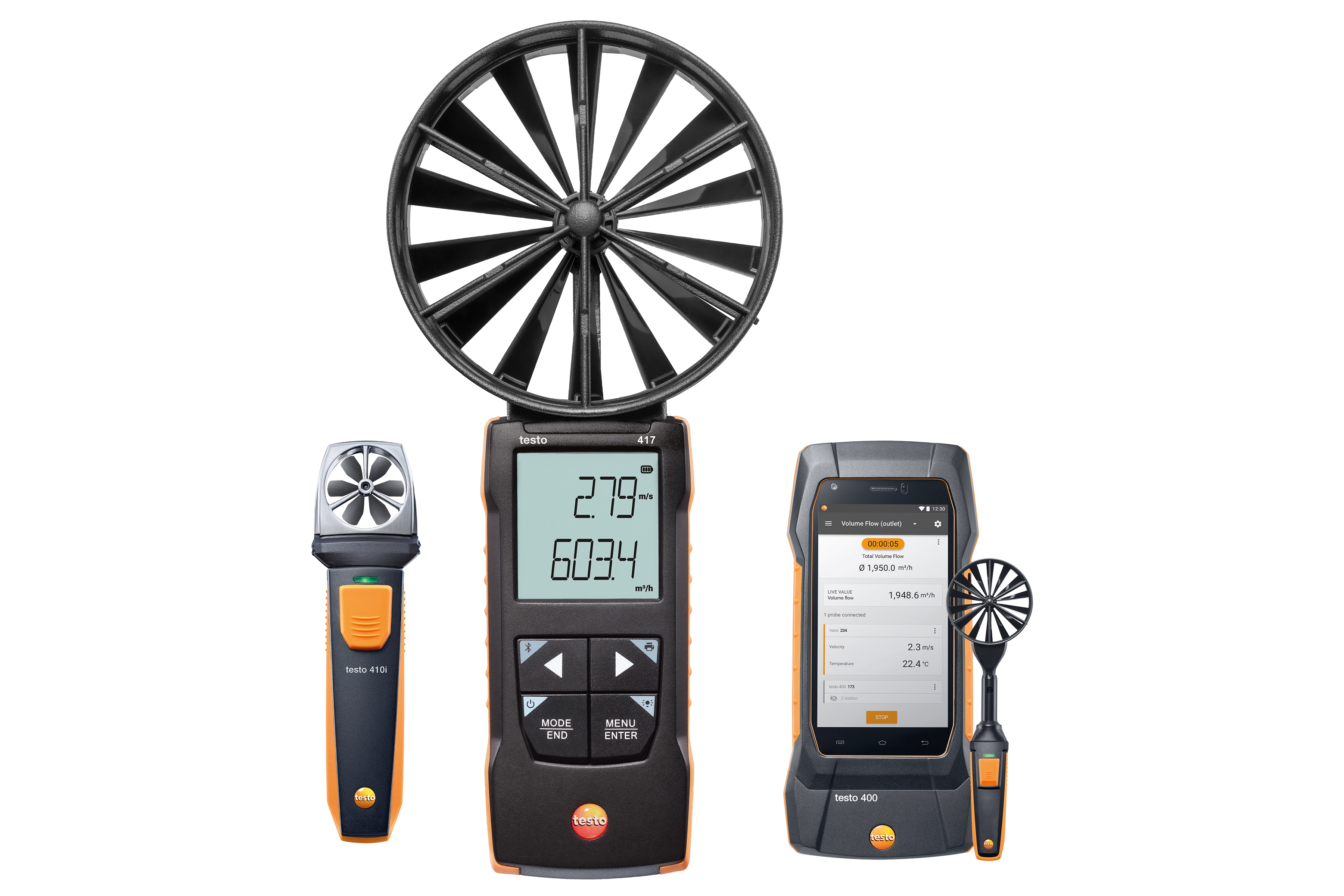Why an Anemometer is Necessary for Your Environmental Data Collection
Why an Anemometer is Necessary for Your Environmental Data Collection
Blog Article
All You Need to Learn About Anemometers: How They Work, Why They Matter, and Where to Use Them
Anemometers, however typically neglected in the realm of clinical instruments, play a crucial function in numerous areas, providing useful insights into wind speed and air movement patterns. As we dive right into the complexities of anemometer modern technology, we will reveal the inner functions of these tools, their significance, and the crucial factors to consider when selecting the ideal anemometer for details applications.

Anemometer Basics
A crucial instrument utilized to determine wind rate and instructions, the anemometer plays a critical function in weather forecasting and various markets. An anemometer usually contains 3 or 4 cups that rotate in the wind, a vane that points into the wind, and sensing units to track the rotations or activities. By calculating the turnings or activities over a details time duration, the anemometer can determine wind rate. The vane helps figure out wind instructions by directing right into the wind, giving useful data for weather forecasting, air travel, maritime operations, ecological surveillance, and wind power applications.
There are numerous sorts of anemometers readily available, consisting of mug anemometers, vane anemometers, hot-wire anemometers, and sonic anemometers, each with its special functions and applications. Mug anemometers are frequently made use of for standard wind rate dimensions, while vane anemometers are chosen for directional dimensions. Hot-wire anemometers appropriate for reduced airspeeds, and sonic anemometers are optimal for high-precision dimensions in study and industrial setups. Understanding the essentials of anemometers is necessary for accurate wind data collection and analysis throughout different markets.
Concepts of Anemometer Procedure
Structure on the foundational understanding of anemometer essentials, the concepts of anemometer procedure illuminate the mechanics behind wind rate and instructions dimensions. Anemometers operate the principle of air flow impacting a sensing unit, creating it to rotate. Cup anemometers, as an example, have three or more cups that catch the wind, triggering them to rotate much faster as the wind rate rises. The turning rate is then exchanged a wind rate dimension. Vane anemometers, on the various other hand, make use of a tail or a probe that aligns itself with the wind instructions, providing a dimension of wind direction based on the positioning of the sensing unit. Hot-wire anemometers rely upon a warmed wire that cools off as wind overlooks it, with the price of cooling figuring out the wind rate. Ultrasonic anemometers measure wind rate and instructions by examining the time it considers ultrasonic signals to travel between transducers. Understanding these concepts is vital for trustworthy and accurate wind measurements in various applications.
Relevance of Anemometers
Anemometers play an essential role in determining wind speed and instructions, supplying vital data for climate forecasting, environment researches, ecological surveillance, and aviation operations. Meteorologists count on anemometers to collect exact wind information, aiding them recognize weather patterns, anticipate storms, and issue timely cautions to the public. Wind ranch drivers make use of anemometers to examine wind problems and make best use of electricity production from wind generators.
Applications Across Numerous Industries
Applications of anemometers extend across diverse sectors, showcasing their convenience and utility past meteorology. In the renewable resource sector, anemometers play an important role in examining why not check here wind conditions for wind farm positionings, ensuring optimal power manufacturing. Industries like building and mining make use of anemometers to monitor wind speeds, critical for security protocols, particularly when operating at elevations or in open-pit mines where strong winds can present risks. Anemometers are likewise essential in the aviation industry, assisting pilots in understanding airspeed and wind instructions for secure take-offs and landings. The maritime sector take advantage of anemometers for ship navigating, aiding sailors anticipate weather condition adjustments and adjust routes as necessary. In agriculture, anemometers help farmers in taking care of plant spraying by supplying real-time information on wind speed to prevent drift. Moreover, anemometers find applications in cooling and heating systems to optimize airflow and enhance power performance in buildings. The diverse use situations of anemometers highlight their significance throughout numerous sectors, highlighting their important role in improving functional security and effectiveness (anemometer).

Choosing the Right Anemometer for Your Requirements
For basic objectives, a mug anemometer is suitable for measuring wind speed, while a vane anemometer provides wind instructions data. Hot-wire anemometers are suitable for reduced airspeed dimensions, and ultrasonic anemometers use high precision and resilience.

Verdict
In final thought, anemometers play a vital role in determining wind rate and instructions throughout various markets. It is vital to consider the value of anemometers in order to make educated choices when picking the most suitable device for measuring wind problems.
There are various types of anemometers offered, consisting of cup anemometers, vane anemometers, hot-wire anemometers, and sonic anemometers, each with its one-of-a-kind features and applications. Cup anemometers are frequently made use of for standard wind speed measurements, while vane anemometers are liked for directional dimensions. Hot-wire anemometers are ideal for reduced airspeeds, and sonic anemometers are optimal for high-precision dimensions in study next page and commercial setups.Building on the fundamental understanding of anemometer fundamentals, the concepts of anemometer procedure illuminate the technicians behind wind speed and direction measurements. For general purposes, a cup anemometer is Visit Website appropriate for determining wind speed, while a vane anemometer supplies wind instructions information.
Report this page